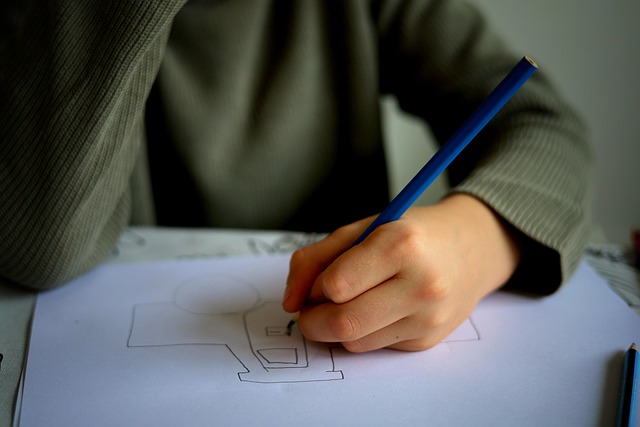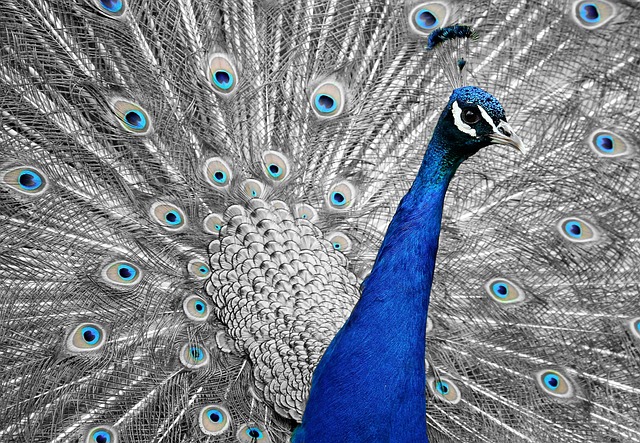Mastering the Art of Drawing with a Compass
Drawing is not just about putting pencil to paper; it’s a journey of discovery, creativity, and expression. When it comes to precision in drawing, few tools are as effective as a compass. This simple yet powerful device can transform your sketches into stunning works of art. Whether you’re crafting intricate geometric patterns or adding a touch of elegance to your doodles, mastering the compass will elevate your artistic skills.
Understanding the Compass
At its core, a compass is a tool that enables you to create circles and arcs with ease. It consists of two arms: one holds the pencil, while the other has a sharp point that serves as the pivot. As you rotate the pencil arm around the fixed point, beautiful, perfect circles emerge. It’s almost magical how such a simple tool can yield such impressive results!
Getting Started
To begin your journey with the compass, it’s important to familiarize yourself with the tool. Take some time to adjust the distance between the two arms. This distance will determine the radius of the circles you create. A smaller radius can provide delicate details, while a larger radius can create bold, sweeping curves. Experiment with different sizes to understand how they affect your compositions.
Creating Geometric Designs
One of the most exciting aspects of using a compass is the ability to create intricate geometric patterns. Start by drawing multiple overlapping circles, adjusting the radius as you go. This method can yield stunning designs reminiscent of mandalas or sophisticated floral patterns. Play with the intersections of these circles to form complex shapes. Notice how the balance and symmetry come to life in your work, bringing a sense of harmony and peacefulness.
Enhancing Your Sketches
A compass can also be a fantastic addition to your regular sketches. Whether you’re drawing landscapes, architecture, or characters, incorporating circular forms can add depth and interest. For example, you can use the compass to create precise ellipses for objects like wheels, domes, or even facial features. The precision helps you maintain proportion, making your drawings appear more realistic and well-thought-out.
Combining with Other Mediums
The beauty of using a compass is that it harmonizes with various mediums. Try incorporating colored pens, inks, or watercolors to highlight your circular designs. The contrast between the sharp lines of the compass and the fluidity of paint can create captivating visual effects. As you blend different styles, you’ll find that the compass allows for a dynamic interplay between structure and spontaneity.
The Emotional Connection
Using a compass is not just a technical skill; it can also invoke emotions and thoughts. The repetitive act of drawing circles can be meditative, fostering a sense of calm and focus. As each circle takes shape, so does your concentration and creativity. Embrace the rhythm of drawing with a compass – let it take you on a journey where each stroke reflects your thoughts and feelings.
Final Thoughts
As you embark on your quest to master the art of drawing with a compass, remember that practice is key. Allow yourself to explore, make mistakes, and evolve your techniques. Each drawing tells a unique story—yours. So, pick up that compass, and let your creativity soar!




